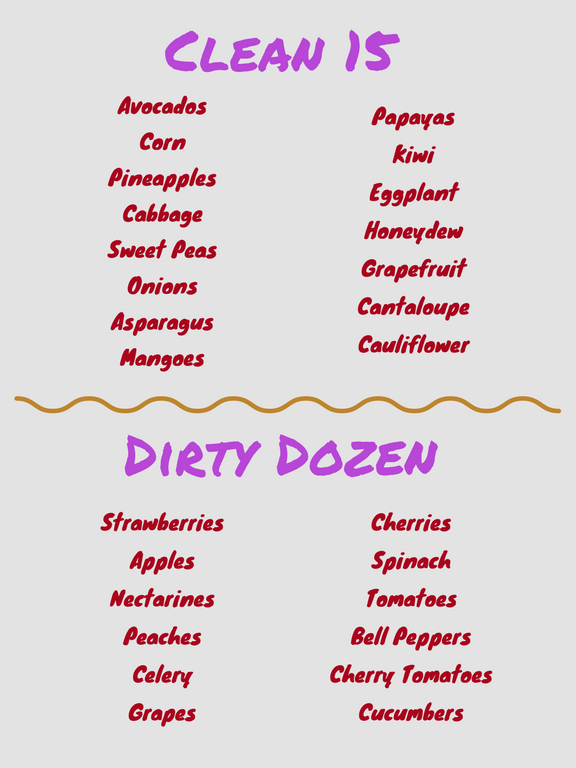How do you define clean?
I hope to challenge your definition and for those in which I’m “speaking to the choir”, let’s sing!
Toxins are a result of man-made chemicals as well as naturally occurring. Repetitive low-dose exposure to these compounds over time, such as phthalates, is what we refer with the terms “toxic load” or “burden”. Collective dose has been a subjective topic within the scientific community. However, there is a supportive body of evidence for associations between toxic exposures and the onset of a whole host of chronic diseases from autoimmune to cancers. Children, pregnant women, and older aged adults are significantly more sensitive and vulnerable to toxin exposure such as those from pesticides. Substrates with toxicity can be found in consumer products, food, and the environment in which we engage.
Do I have your attention?
O.k., now “what the heck can you do about it?“…
I cordially invite you to redefine your spring clean. Conduct an intervention for yourself by focusing on ridding yourself of the ugly (cleanse) and shifting to more healthful alternatives. The easiest changes will be in your home. Pick a room to start with and get going. (Hint, this will likely be your kitchen and/or bathroom).
Primary areas in which you can easily make shifts;
- Personal Care – Color, fragrance, additives, synthetic chemicals that few would accurately pronounce… you name it. Each of these are areas to become keen on when assessing potential toxic load.
- Cleaning Products – Besides data on unintentional poisoning leading to adverse outcomes including death, the average US household cleaner contributes to indoor air pollution. These products carry rather harsh hazard warnings, such as “Danger”, “Warning”, or “Caution”, for a reason. Yet, natural alternatives do not need any of this. Consider the alternatives.
- Food –
- How many ingredients are in a piece of produce? No, this is not a trick question. Answer: ONE! A follow up question, do you know how that piece of produce was grown, ripened, and shipped?
- How many ingredients are in the average processed food item? To be honest, I could not find this data, but I’m certain the average number is over 5! Whole-food recipes, ie products of resulting in multiples of one, are not what I’m referring to here. I’m calling out additives, derivatives, isolations, etc. Many nutritionists suggest to shop by “Five or Fewer”. By this, we mean if it has more than five ingredients, don’t buy it.
- Finally, pesticide resin, which can also be systemic, and potential harmful exposures picked up during shipping and transit are also variables to take into account. The Environmental Working Group’s Dirty Dozen and Clean 15 lists provide preliminary guidance (see below).
- BONUS – don’t forget to check out your food storage, packaging, and cookware options, especially those used for heated items and/or those holding fat based items.
A special note on fragrances – In some cases, natural derivatives can contribute to the scent of an item, however, often the term on a product label is code for chemical concoction and full disclosure is not legally required.
Changes in each of the areas can parallel each other. We often think of health as diet and fitness and the term “clean living” has been coined to food. However, our health is impacted by many more variables each of which can be addressed in a “Spring Clean”. Healthful shifts will incorporate reasonable reduction and realistic transitions.
What about communal spaces?
On a public health landscape, we certainly have work to do. However, the Centers for Disease Control and Prevention does incorporate this area into their healthy workplace initiatives and can be leveraged as a resource for change within communal spaces.
Other Resources;
- Chemical Sensitivity Foundation
- Cleaner Indoor Air Campaign
- Lara Adler, LLC
- NIOSH Workplace and Safety advise on indoor environmental quality
- World Health Organization Guidelines on the Prevention of Toxic Exposures
- I also have some wonderful representatives for low-toxin personal care products or essential oils in my network. Some of the best product options are sold via direct distributor models which not only promotes better options, it provides residual income for a variety of people from moms, working professionals, health professionals, etc. Please reach out to me if you are interested in an introduction.

Ashley L Arnold, MBA, MPH is a lifestyle health educator and coach who supports clients to channel authority over their health, well-being, and overall vitality. Offering health education approaches and 1-on-1 coaching modules, she gets them out of excess weeds of information and inconsistent practices that don’t get desired results. Through helping people focus on the right applications paired with appropriate consideration for bio-individual facets, they become stronger, more confident self-advocates for their health. Bottom line, they will surpass challenges, embrace healthful living with ease, and, best of all, feel a greater sense of empowerment and more energy!


